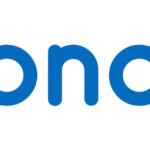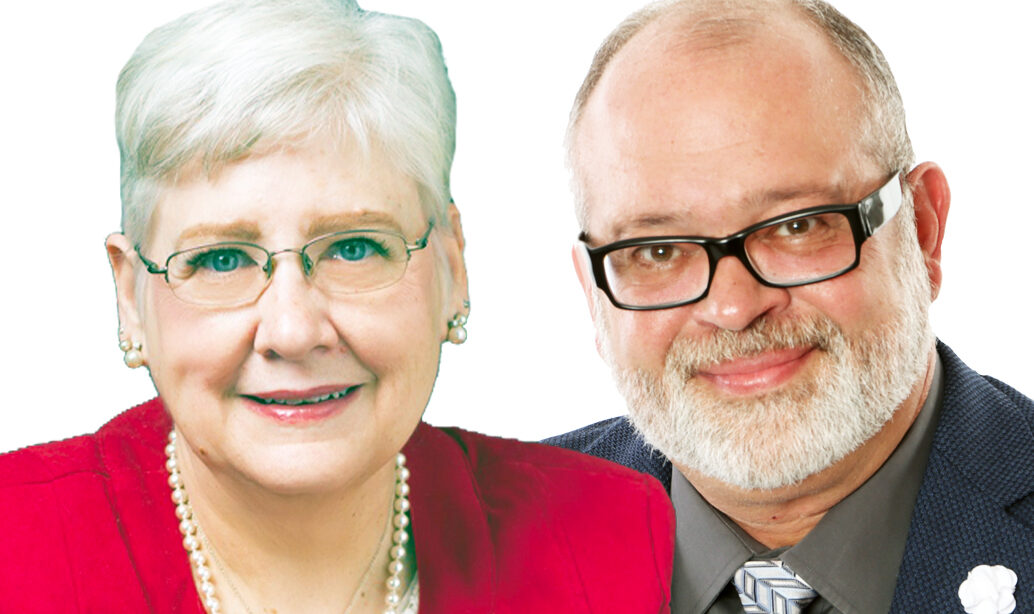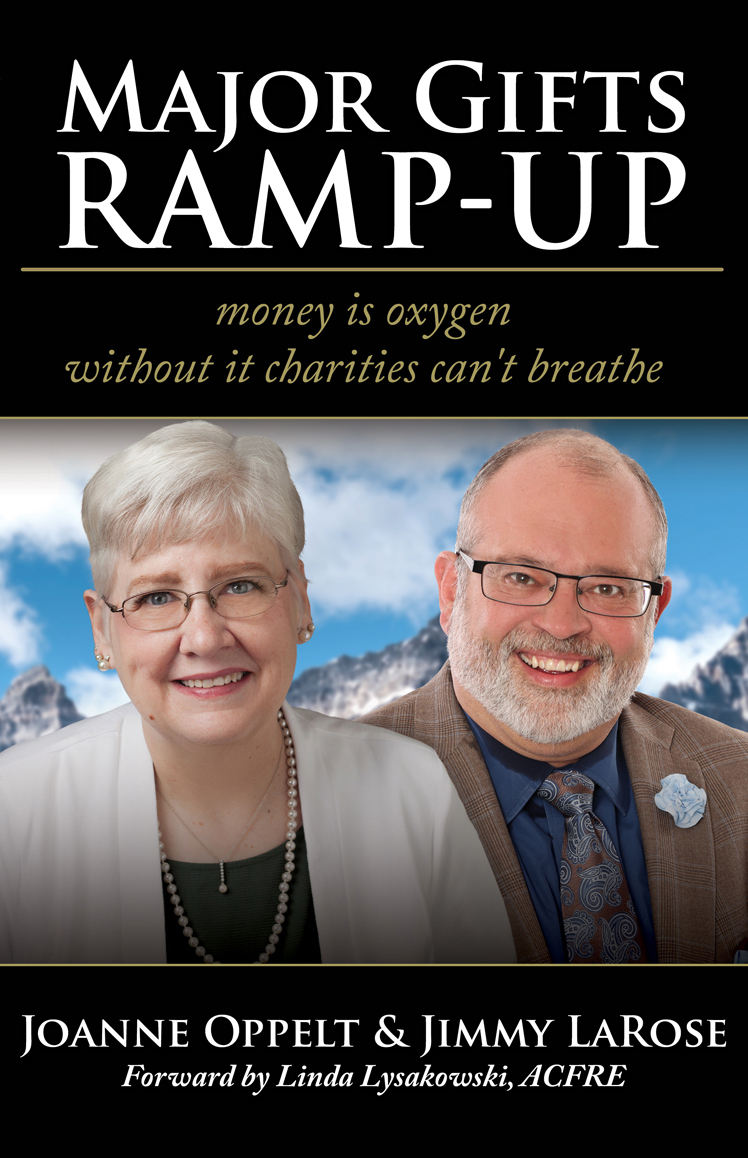
[PODCAST] Scaling Nonprofits: Navigating Challenges and Driving Sustainable Growth – Doug Paul
December 6, 2024
[PODCAST] Unlocking Nonprofit Success: Strategic Planning and Inclusivity for Lasting Impact – Carol Hamilton
December 13, 2024Major Gifts Ramp-Up THE BOOK

Major Gifts Ramp-Up THE BOOK is nonprofit management veteran Denise McMahan’s review of what may be the greatest nonprofit fundraising book of all time. Here’s McMahon’s take on Joanne Oppelt & Jimmy LaRose’s multi-million dollar fundraising guide.
Having been a fundraiser in my past life, I was excited and honored to review Major Gifts Ramp-Up: Money Is Oxygen—Without It, Charity Can’t Breathe. A lot has changed since I ran an annual giving program for my alma mater as a newly minted graduate, not to mention the major gifts arena where my career would evolve. I cut my teeth on development in the university setting, so I participated in every level of giving and the coordinated effort it required.
PURCHASE YOUR COPY OF MAJOR GIFTS RAMP-UP THE BOOK ON AMAZON
 Fast-forward past years of consulting, a few start-ups, and later my launch of an online business where I recommended essential nonprofit titles to community leaders by way of a summary library, you could say I’ve read a few books on the fundraising topic. Today, I work with authors one-on-one and enjoy focusing my coaching and writing efforts on a handful of talented individuals in the nonfiction arena.
Fast-forward past years of consulting, a few start-ups, and later my launch of an online business where I recommended essential nonprofit titles to community leaders by way of a summary library, you could say I’ve read a few books on the fundraising topic. Today, I work with authors one-on-one and enjoy focusing my coaching and writing efforts on a handful of talented individuals in the nonfiction arena.
Now that you know a little context about where my views come from, let’s dive into this discussion about ramping up your major gifts with coauthors Joanne Oppelt and James “Jimmy” LaRose—two friends and colleagues who brought their unique talents together for a blended approach to best practices that punch holes through the old ones.
In the interest of time and space, I’ll cut to the chase and tell you that I love how this book is organized and that it’s story-driven. Since the dawn of time, we’ve learned through storytelling, and the coauthors deftly apply this technique, which makes it an enjoyable read.
Additionally, I was able to pop into different chapters, thanks to Oppelt and LaRose’s helpful chapter summaries at the start. That allowed me to satisfy my curiosity with the most intriguing and angst-inducing chapter topics. More on those in a minute.
I’ll also add that when one of the authors (Oppelt) claimed that the Major Gifts Ramp-Up model literally changed her life, she caught my attention. To say that Oppelt knows fundraising at both large and small nonprofits is an understatement. If she was transformed by this model, I wanted to know more.
Major Gifts Ramp-Up THE BOOK w Joanne Oppelt & Jimmy LaRose
Finally, I’ll say that my positive first impressions were solidified by the fact that LaRose shares a career-defining moment that informs this model. He was a feasibility-for-hire consultant back in the day until he realized that the feasibility studies weren’t working. Rather than run the other way or mask the problem, he reinvented fundraising preparedness and advocates for “no more feasibility studies.” I love this about-face. It tells me that LaRose is the best kind of lifelong learner—someone who’s proactively iterating and honing his craft.
Now that you have a quick assessment of Ramp-Up, I’ll use what’s left of precious real estate to highlight my favorite chapters. Here are a few glimpses into what’s special while preserving some curiosity about the whole book.
Chapter 1, “Management Philosophy – Go Where the Gold Is,” sets the tone of the book and offers a powerful lesson in nonprofit management by highlighting the importance of prioritizing fundraising infrastructure over program expansion. I know, right? Through the story of Ted, a dedicated nonprofit CEO who ultimately faced termination due to his focus on program delivery rather than financial stability, the chapter underscores a common pitfall in nonprofit leadership.
Coauthors Oppelt and LaRose argue that nonprofits often fail because they lack sustainable funding models, emphasizing that investing in fundraising capacity is essential for long-term success. The chapter introduces a donor-centered approach, stressing that donors are crucial to an organization’s ability to operate effectively.
CEOs and boards should focus on securing major gifts and cultivating relationships with high-net-worth individuals who expect engagement from top leadership. The authors advocate for a structured approach to organizational roles, with CEOs dedicated to growth through fundraising while program responsibilities are handled by other staff.
An example from a developmental disabilities agency demonstrates the effectiveness of separating fundraising from program management through a dedicated foundation, resulting in financial stability and enhanced program quality. By urging CEOs to prioritize revenue generation over expense management, this chapter offers a compelling strategy for nonprofit leaders to drive impactful growth and secure the future of their organizations.
PURCHASE YOUR COPY OF MAJOR GIFTS RAMP-UP THE BOOK ON AMAZON
Chapter 6, “Prospect Identification: How You Know Everyone,” is the next chapter I’ve chosen to highlight, because Oppelt and LaRose offer an affordable, custom approach for identifying not the NIMBYs but what I’m calling the MIMBYs: millionaires in my backyard. Their “backyard” methods deflate all the anxiety you’re feeling about finding people who love your cause.
The authors also answer the long-standing question: How do you find the millions you need to scale your mission if you do not know where the millions in your community lie? Very few nonprofits know all the households, family foundations, board members, and business executives in their area that make five-, six-, and seven-figure gifts.
While they remind readers of the data sources that help with corporations, business owners, and foundations, they suggest a tool that not only uses all the helpful filters that exist in today’s market, but it also doesn’t break your nonprofit budget and it fits the Ramp-Up model perfectly. Beyond a robust list of data options, the authors explain how to find these folks “next door” as well as how to uncover existing connections in your nonprofit universe.
Replete with sample gift-range charts that explain how you get from zero to hero, I found this chapter brimming with answers, and I wished that I had a fundraising goal I needed to reach.
Chapter 11, “Campaign Interviews – No More Feasibility Studies,” begins with a truth from one of my favorite authors, Jeff Brooks: “If you need to raise funds from donors, you need to study them, respect them, and build everything you do around them.” Oppelt and LaRose begin this chapter by telling the story of Elizabeth, who is the CEO of a homeless shelter.
Elizabeth learns the importance of campaign interviews because she and her campaign chair, Jim, visit with a prospective donor. Upon asking Jim’s friend Ben if he’d like to make a donation, Ben responds by saying he’d consider it if they would honor two conditions—both very doable yet important to Ben. It’s in this moment that Elizabeth and Jim realize how vital campaign interviews are—because they’ve now been empowered with information they didn’t have to pay a third party for.
Oppelt and LaRose explain that there are only two types of Major Gifts Ramp-Up campaign interactions, and Elizabeth and Jim have just one of them. The coauthors uncover why you conduct campaign interviews in lieu of feasibility studies, when you conduct them, and—most importantly—how.
What feasibility studies often don’t uncover that interviews can are nuances, such as personal details about each donor, what their actual financial abilities are, and how that’s amplified by their motivation or desire to give.
The coauthors provide you with an inspiring list of the potential information you can uncover in your interviews, characterizing their approach as “listening your way to the next right ask.” In addition to a case study, the authors provide a helpful section with five examples titled “What do major gifts ramp-up campaign interviews look like?”
I found the Major-Gifts Ramp-Up a refreshing read that is energized by the synergy of two authors who love what they do, agree on why old fundraising methodologies must change, and leave you invigorated by their passion and clarity. It reminds me of a saying that American director, producer, writer, and actor Peter Berg created for the fictional football team’s head coach on Friday Night Lights. Before every game, the coach would say: “Clear eyes, full heart, can’t lose.” When you read the last page of Major Gifts Ramp-Up, I think you’ll feel like hitting the field and raising some money.
PURCHASE YOUR COPY OF MAJOR GIFTS RAMP-UP THE BOOK ON AMAZON
Major Gifts Ramp-Up THE BOOK was first posted at INSIDE CHARITY
For more articles like Major Gifts Ramp-Up THE BOOK VISIT HERE
